Mule Deer, Mora County, New Mexico
Do you have any thoughts on this post?
While the focus should absolutely be on helping victims of recent storms, there will come a time for reflecting on how to improve coastal resilience—these lessons from Hurricanes Katrina and Rita have changed the way that Louisiana views wetlands
My lifelong home in South Louisiana has borne the brunt of more than a dozen hurricanes over the last 40 years. Each of them brought flooding rains, heavy winds, and storm surges that inundated coastal communities. Some of them, like Hurricanes Katrina and Rita, reshaped cities and lives forever.
This is why it’s especially tough to see the devastation from Hurricanes Harvey and Irma affect friends, colleagues, and the places they call home. I’ve been there before—so have my friends and neighbors. We know it could just as easily be us gutting our homes, wondering when our roads will be passable, and struggling with seemingly endless power outages.
We understand the weeks, months, and maybe years of struggle ahead. The incredibly generous outpouring of support from fellow Americans, in the form of financial donations, volunteer hours, food, and water is critical to stabilizing the situation and beginning to rebuild. But anybody who has lived through such devastation knows only time, determination, and hard work will truly bring back a sense of normalcy for those in the paths of Harvey and Irma.
The focus for those directly affected—and for all Americans—should continue to be on aid for those who have lost their homes, vehicles, and schools or are struggling to find comfort without electricity, food, or water.
There will come a time, however, after this hurricane season is over and recovery is underway, when coastal residents, community leaders, and officials will begin to assess why the damage was so extensive.
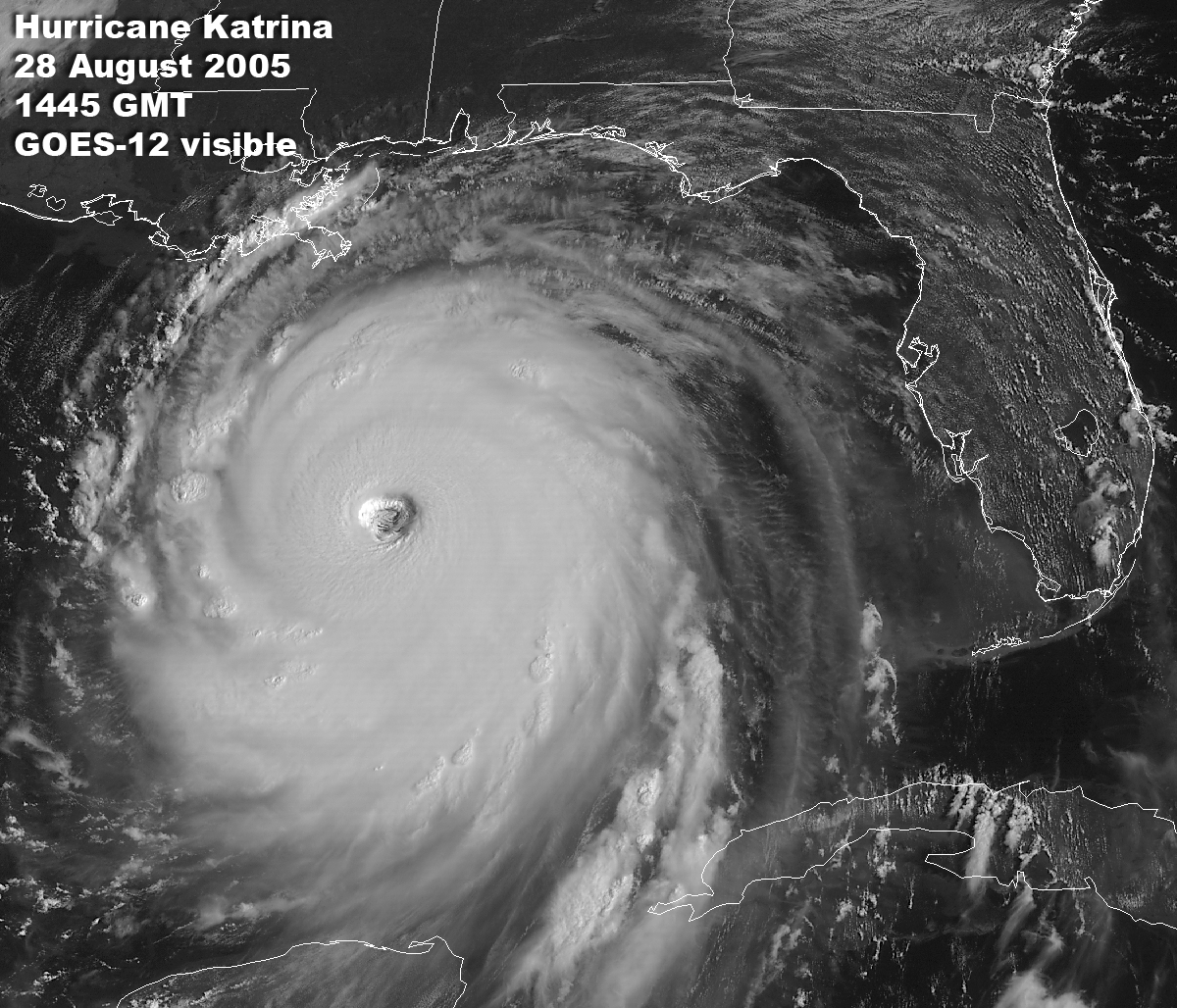
That reckoning occurred in Louisiana in late 2005, after Katrina and Rita brought absolute devastation from one end of the state to the other. Building codes were analyzed. Flood plain maps were examined and updated. Evacuation plans were closely critiqued. And, perhaps most critically, scientists and engineers began examining why flood protection systems failed so miserably.
Louisiana’s elected leaders had to deal with the fact that the incredible loss of wetland habitat along the state’s coast had likely exacerbated flood damages. Combined with the poorly conceived and maintained navigation channels through wetlands, the result was a woefully inadequate flood protection system.
Louisiana acted by creating a single agency responsible for both flood protection and wetlands restoration, rather than two agencies that might need to compete for the same funds.
In 2007, less than two years after Katrina and Rita, Louisiana’s newly created Coastal Protection and Restoration Authority released the state’s first comprehensive master plan addressing coastal restoration and hurricane protection. The plan laid out a 50-year effort to create a system with multiple lines of defense, using healthier wetlands and rebuilt barrier islands as a buffer to slow wave action and storm surge before it can reach flood protection levees and flood gates. Additionally, an examination of building practices in the most frequently flooded areas, some that had experienced severe flooding seven times in ten years, led to a concerted effort to elevate homes and make businesses more resilient.
An understanding spread among lawmakers and residents that marshes and swamps are not solely places to hunt and fish. This natural infrastructure is an absolute necessity for protecting Louisiana’s largest cities as well as the smaller communities that benefit from being hunting and fishing destinations.
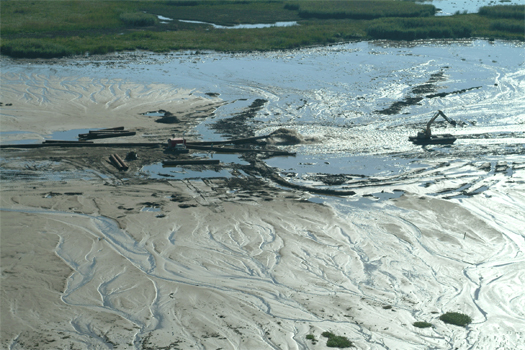
For more than a century, many state and federal agencies and municipalities focused on conquering wetlands by draining them, then pumping in soils to create space for development. Wetland buffers along rivers, bayous, and creeks that once absorbed and held floodwaters were replaced by levees that force floodwaters up, instead of out. The ability of wetlands to help protect existing infrastructure was largely ignored.
It cannot be ignored any longer.
It’s true that no two storms are exactly alike: Hurricane Harvey dumped a record amount of rain that inundated a huge swath of southeast Texas, and Irma’s enormous size and unprecedented wind ferocity set it apart. Even the healthiest coastal wetlands and the best flood protection systems would not have staved off all the destruction caused by those two storms.
However, there are parts of the Houston area that have now experienced record-setting “100-year flooding” four times in the last 20 years. In Florida, communities now devastated by storm surge and river flooding could have been spared some damage if once-present mangrove flats were there to dampen wave action, or if rivers could still flush out into the wetland floodplains that no longer exist or have been cut off.
Acknowledging these facts is not an attempt to assign blame. It’s not an attempt to use unprecedented disasters to advance a political ideology, either. I understand the crassness of using these disasters as fodder for advancing an agenda while those affected try to save what few possessions remain.
I have neighbors in Baton Rouge who still have not been able to move back into their homes after record flooding in August 2016. The house that my grandfather built, where my dad grew up just two miles from Lake Pontchartrain in New Orleans, still sits empty and in disrepair more than a decade after Hurricane Katrina.
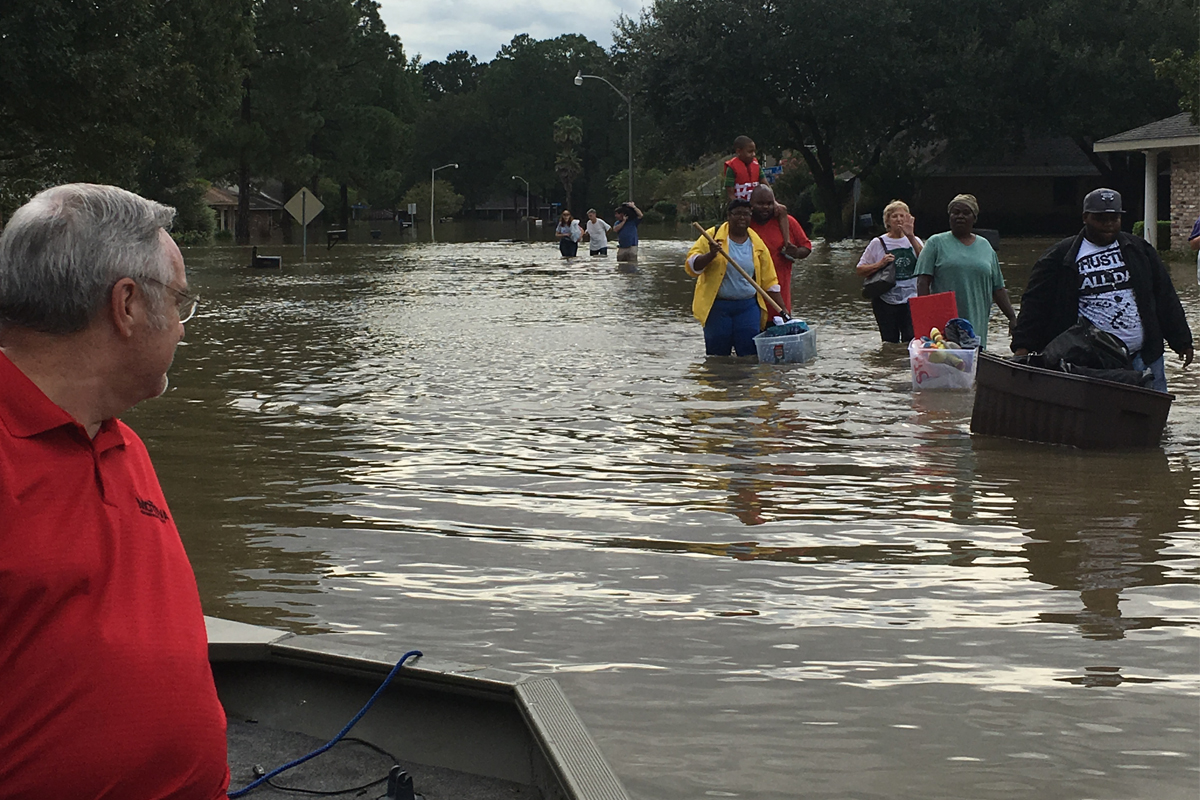
What I hope is that this will be read as a plea to those who make the decisions in coastal communities that have and have yet to be impacted by a disaster. We must grasp how important it is that we live with and utilize the natural protections for our man-made infrastructure—and perhaps think of wetlands, marshes, and mangrove flats as something just as critical to the way we live on the coast.
With personal experience as our guide, I hope we rebuild smarter in flood-prone areas, so recovery isn’t quite as difficult the next time. The side benefit just might be that we support or improve habitat that makes it possible for us to hunt, fish, and live well.
The Atlantic menhaden sustains East Coast angling and coastal economies—but these forage fish are at a turning point
Anglers up and down the Atlantic coast know that a shortcut to finding gamefish is to follow the birds. When birds are working on the horizon, dive-bombing schools of menhaden—the meal that’s also critical to many popular gamefish—you can’t get out of the no-wake zone fast enough. It is going to be a good day of fishing.
Atlantic menhaden, also known as pogey or bunker, are high-protein forage fish that striped bass, tuna, mackerel, sharks, drum, cobia, and tarpon from Maine to Florida depend on for food. You name it, if you are casting a line to it, it’s most likely feeding on menhaden.
Menhaden also help filter water and improve marine habitats. By feeding on algae-causing plankton, an adult menhaden can filter 2.4 gallons of water per minute. Their importance to the ecosystem is clear. Remove them, and the system breaks down.
Simply put, there is no fish that means more to the East Coast than Atlantic menhaden, and their future is being determined right now.
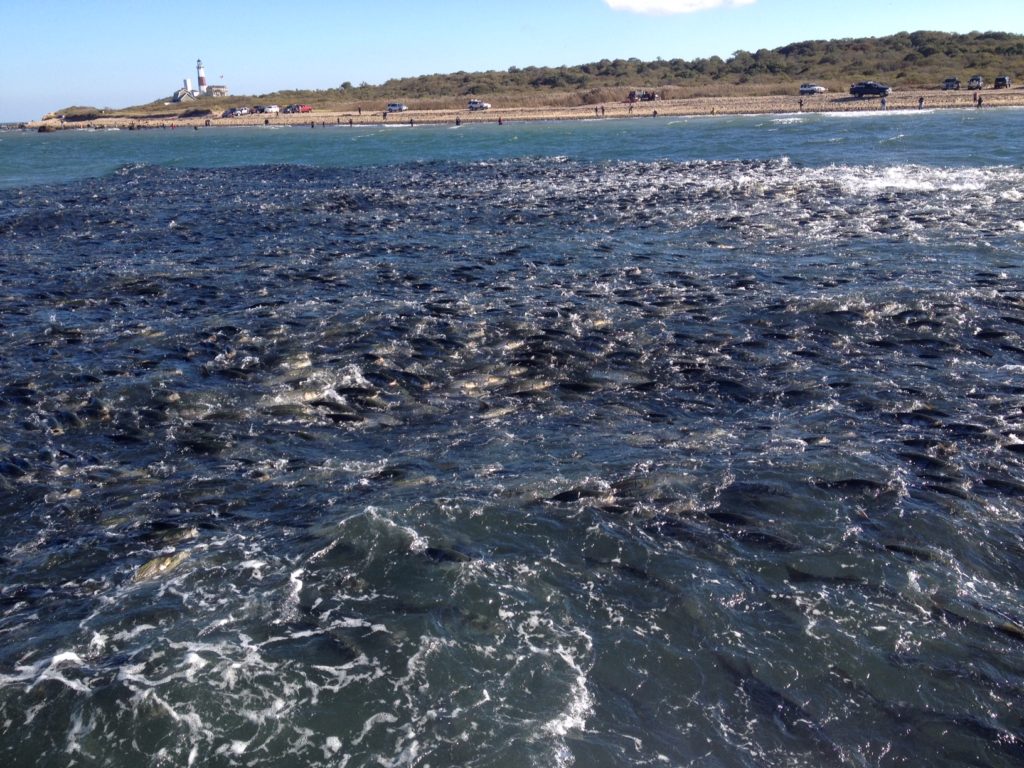
Menhaden are also the most heavily commercially fished species in the nation, though you will never see it on a menu or in a fish market. Billions are ground up and used in products such as fertilizer, pet food, and cosmetics. More individual menhaden are caught each year than any other fish species, and they are second only to Alaskan pollock when measured by pounds harvested.
That commercial harvest could be costing sportfish a valuable food source.
Unfortunately for the “most important fish in the sea,” current management of menhaden stocks does not account for their critical role in the marine food chain. As a result, menhaden are managed in a way that puts gamefish populations, and our recreational fishing opportunities, at risk.
However, anglers now have a brief window to speak up for improvements to the immediate and future management of menhaden, which would benefit sportfishing, water quality, and coastal communities.

In November 2017, the Atlantic States Marine Fishing Commission, decided on proposed changes to the Interstate Fishery Management Plan for menhaden. Now, the commission must implement improvements.
One of the most critical issues for anglers is the development of menhaden-specific management metrics that account for the ecosystem-wide benefits they provide, including their critical role as forage fish. But we must also urge the commission to immediately move management of menhaden to a conservative harvest, while giving ASFMC experts time to develop these menhaden-specific metrics.
Our future days on the water—not to mention the $27 billion in economic activity that recreational anglers generate depends on sportsmen and women taking a big stand for this little fish. Stay tuned for how you can support bringing forage fish management into the 21st century and ensure that future generations will have an opportunity to scan the horizon for the frenzied swoop of birds and the roiling waters of a striper blitz.
Photo credit for cover photo and first photo: Paul Dixon
It’s time for our community and decision makers to get serious about R3 efforts, adequate conservation funding, and smart policies that enhance hunters’ opportunities afield
A new report by the U.S. Fish and Wildlife Service shows that 101.6 million Americans participated in wildlife-related outdoor recreation last year. Unfortunately, while the number of people participating in fishing and wildlife-watching is up, participation in hunting dropped by about 2 million people to a total of 11.5 million hunters. Total expenditures by hunters also declined 29 percent from 2011 to 2016, from $36.3 billion to $25.6 billion.
This has significant ripple effects on not only the key federal funding models that support conservation of fish and wildlife, but also the base of support for our public lands and thoughtful natural resources policy.
“It is time for our community and our decision makers to get serious about R3, or recruitment, retention, and reactivation of hunters, because the implications for conservation are dire if this trend continues,” says Whit Fosburgh, president and CEO of the Theodore Roosevelt Conservation Partnership.
The report indicates that participation in fishing increased 8 percent since 2011, from 33.1 million anglers to 35.8 million in 2016, and total nationwide spending by anglers was up 2 percent. R3 efforts geared toward fishing and boating have been successful thanks to a funding provision in the Dingell-Johnson Act, also called the Federal Aid in Sport Fish Restoration Act, that allows a small percentage of these excise tax revenues to be used for recruitment and retention programs.
The Pittman-Robertson Act, which created the excise tax on guns, ammunition, and archery equipment, does not permit using the funds for R3 activities.
“We must modernize the Pittman-Robertson Act so we can promote hunting the same way we promote fishing and boating, bring the hunter education and licensing systems into the 21st century, and immediately address serious threats to hunting, like chronic wasting disease in deer,” says Fosburgh. “We must also focus on expanding access and improving the quality of the hunting experience—better habitat means more animals and more opportunities for success.”
Decision makers should further support the future of America’s hunting traditions by passing a fiscal year 2018 budget deal with robust funding for conservation and crafting a 2018 Farm Bill that not only enhances conservation tools for private lands but also incentivizes private landowners to enroll acres in voluntary public access programs. It is more critical than ever that sportsmen and women continue to be engaged in the public process of planning for management on America’s multiple-use public lands, as well.
It appears the USFWS will update this page with preliminary findings on the latest five-year report.
Top photo by Tim Donovan at Florida Fish and Wildlife Conservation Commission via Flickr
Why conservation is our best bet at keeping central Montana unspoiled
The Missouri Breaks region of central Montana is one of the most unique landscapes in the West. The unusual topography and eroded soils—shaped by the river below and centuries of severe weather—make it a land of extremes. Yet it provides some of the best views, most outstanding recreation, and most abundant wildlife habitat in the country. Rough and rugged coulees descend into dense pockets of ponderosa pine and juniper stands before gradually reaching the cottonwood galleries that line the Missouri River.
These undeveloped backcountry lands still mirror what Lewis and Clark saw as they pushed their way upriver in 1805. We have an opportunity—and a responsibility—to ensure that they remain that way.
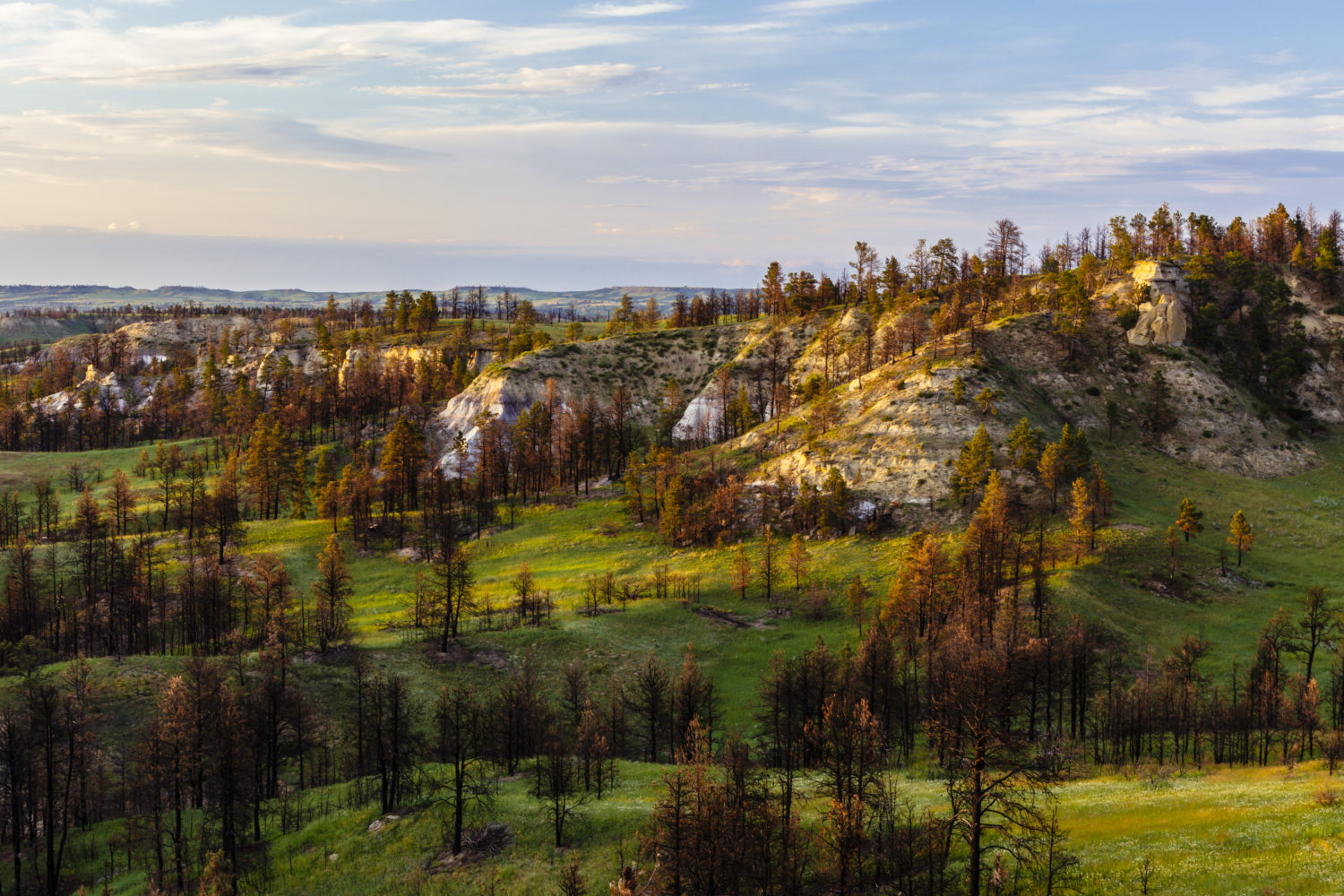
Wildlife and wild places are being increasingly pressured through the loss and fragmentation of quality habitat from energy extraction and residential development. This trend needs to be halted to protect our highly valued undeveloped landscapes. Already, much of the western and eastern stretches of the Missouri have been industrialized, dammed, or otherwise developed. But the central portion of the river—roughly from Fort Benton to Fort Peck Reservoir in Montana—remains largely untouched.
The region supports world-class habitat for elk, mule deer, and bighorn sheep, and the Missouri provides scenic multi-day fishing trips for anglers. Camping, hunting, hiking, and biking in the Breaks region are hard to beat, and stargazers will tell you that it’s difficult to find a place with less light pollution.
Most of this landscape is made up of public land that belongs to all of us and is managed by the Bureau of Land Management and the U. S. Fish and Wildlife Service. On the south side of the Missouri, where the breaks climb and meet the rugged grasslands, the BLM is in the process of updating its resource management plan.
Conservation of this unique landscape in central #Montana won’t happen on its own. #publiclandsproud Share on XThis is a planning document that outlines the management of several hundred thousand acres of BLM lands for the next 20 years or more. This is also a public planning process that provides a unique and critical opportunity to protect some of the best wildlife habitat and most remote public lands in the country from further fragmentation and development.
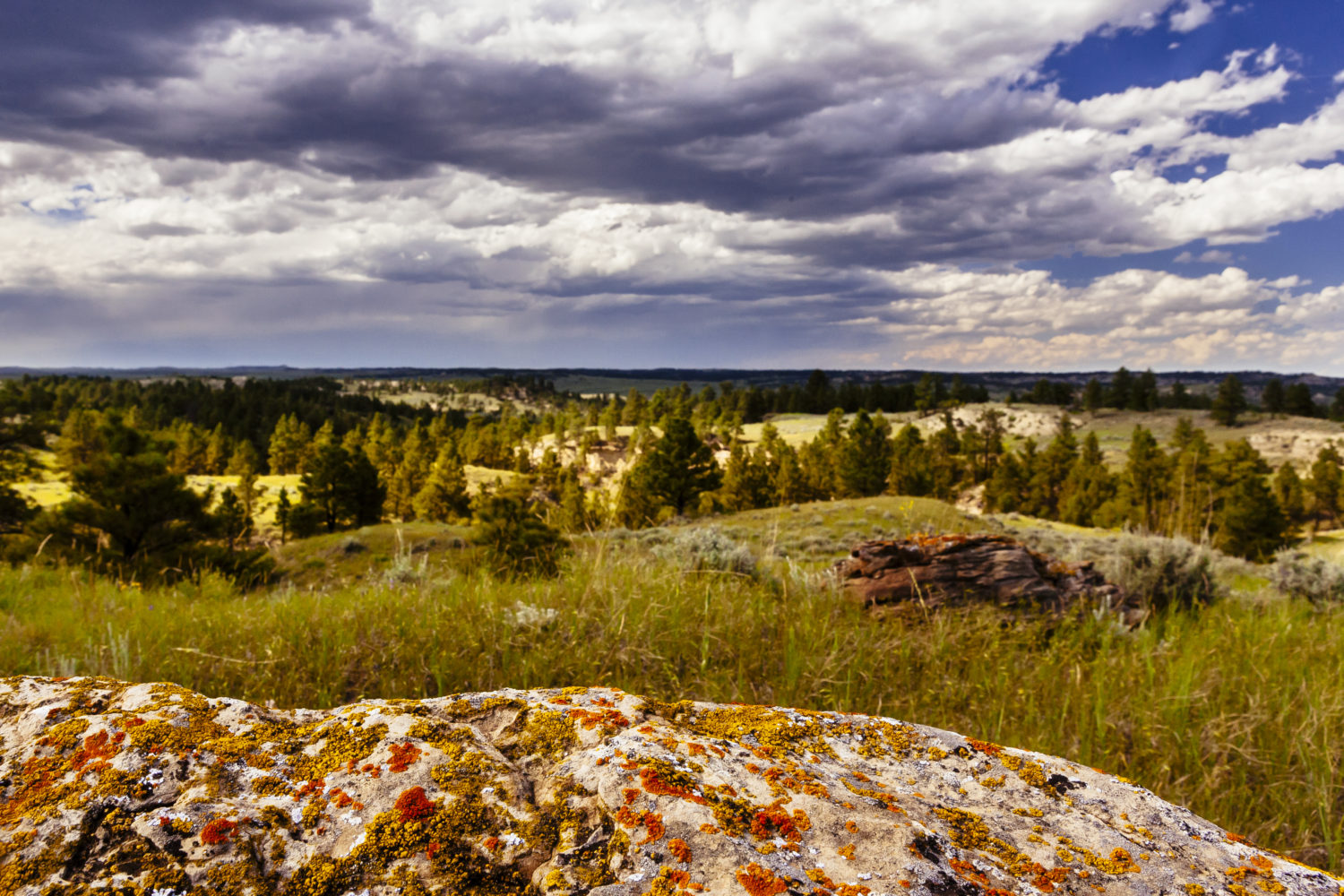
The Theodore Roosevelt Conservation Partnership recognizes the importance of these lands to wildlife, outdoor recreationists, and sportsmen. The political landscape and threats to the region have changed since the last resource management plan was written some 30 years ago, and sportsmen and women are ready to act.
Nearly 1,000 individuals and local stakeholders have delivered collaborative support for the adoption of a common-sense approach for conserving high-value public lands through backcountry conservation management. By utilizing this tool, the BLM would safeguard large intact habitats from development, maintain and improve important dispersed recreation opportunities, and focusing management on the conservation, restoration, and enhancement of key habitats, all while sustaining traditional uses of the land that help support local economies.
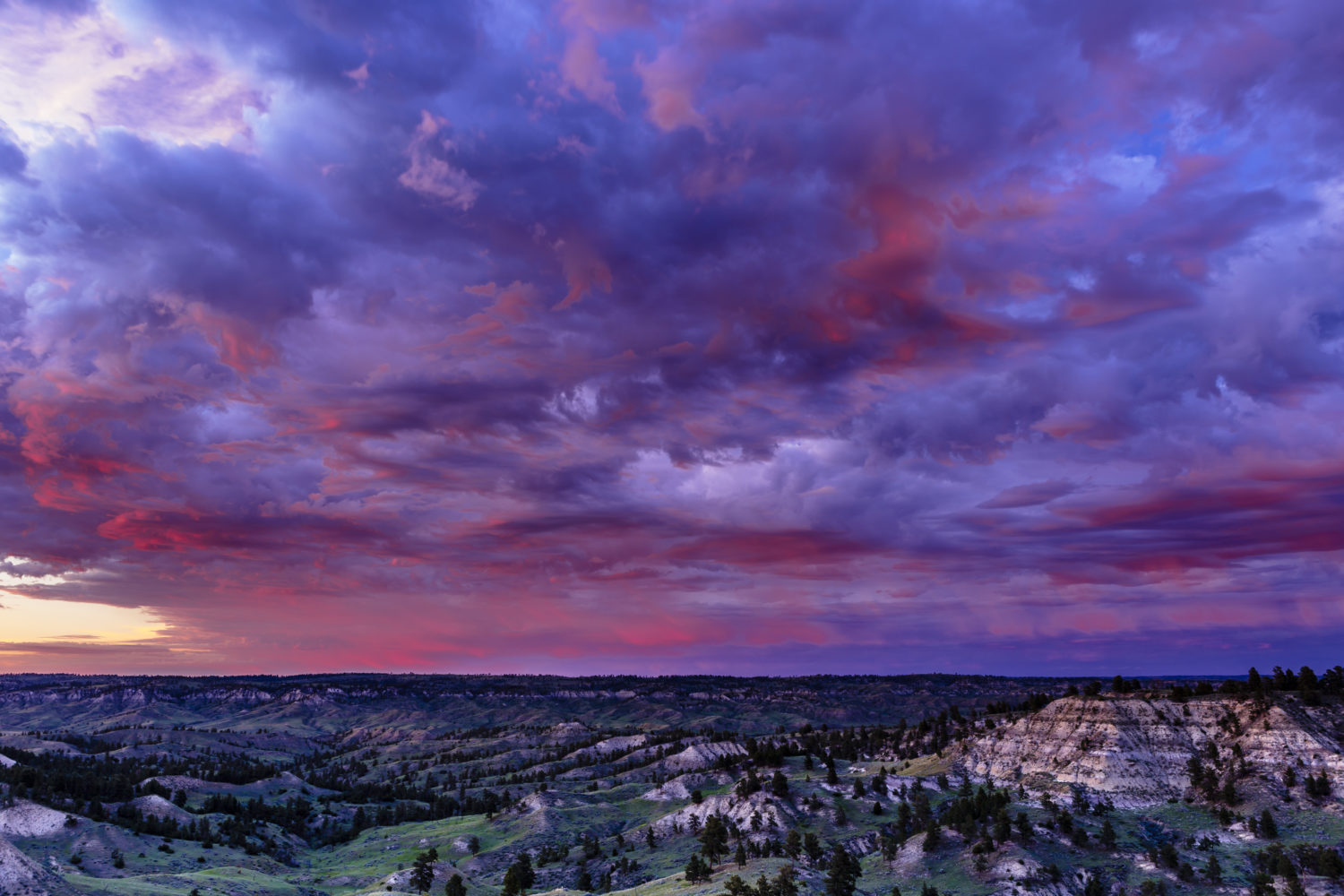
Recent wildfires have devastated several hundred thousand acres of rangeland and wildlife habitat in this region. It’s important to note that the proposed backcountry management tool would encourage restoration activities that would benefit the wildlife and the people who depend on this landscape.
The draft of the resource management plan is expected to be released for public comment in late 2017. Visit TRCP.org/join to be the first to know about your opportunity to get involved.
Conservation of this unique landscape won’t happen on its own. It takes strong voices to protect these areas from future fragmentation and development. As Theodore Roosevelt once said, “a nation behaves well if it treats the natural resources as assets which it must turn over to the next generation increased and not impaired in value.” Here’s a great chance for us to do just that.
For more than twenty years, the Theodore Roosevelt Conservation Partnership has been at the forefront of conservation, working diligently on behalf of America’s hunters and anglers to ensure America’s legacy of habitat management and access is protected and advanced. Your tax-deductible donation will help TRCP continue its mission, allowing you to keep enjoying your favorite outdoor pursuits. Whether those pursuits are on the water or in the field, TRCP has your back, but we can’t do it alone. We invite you to step into the arena with us and donate today!
Learn More
